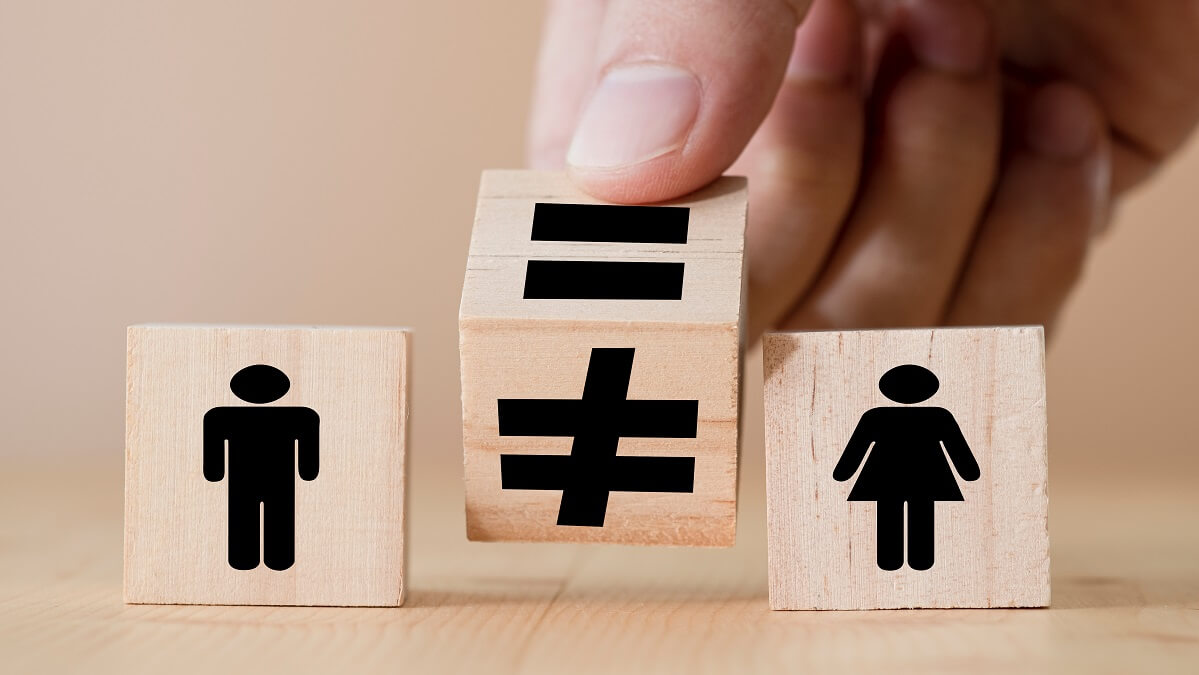Despite decades of efforts to change the situation, Australian women’s income isn’t likely to catch up to men’s for “more than 200 years”, new research shows. And it’s having a disastrous effect on women’s health and wellbeing.
Researchers led by Monash University, using data from the Household, Income and Labour Dynamics in Australia (HILDA) survey, have found that Australian women have lower average income, less labour force engagement and poorer overall health than men.
In what is to become an annual study, the first Women’s Health and Wellbeing Scorecard: Towards equity for women found that at current rates, it will take 70 years for women to reach full-time employment equality with men, and more than 200 years to reach income equity.
In 2020, there was a 19 percentage point gap in full-time employment between the sexes, plus a $23,767 annual income gap and a $44,746 superannuation gap.
Read: Gender differences in time use are narrowing, but slowly
That income inequality is having a trickle-down effect into other aspects of life for Australian women – and it appears to be getting worse.
The report found that many self-reported indicators of physical health deteriorated over the past decade and women with lower incomes consistently experienced poorer health than others.
Consequently, the number of women experiencing distress has risen sharply since 2001, especially among women aged 55 to 64. Women in this bracket went from reporting the lowest level of distress in 2001 to the second highest in 2018.
Read: Menopause ‘costing women $17 billion per year’
Study co-author Professor Helena Teede says her team was able to demonstrate a vicious cycle between women’s lower incomes and cascading negative health outcomes.
“Poor health is known to reduce income; and low income is known to increase risk of poor health, creating a cycle of disadvantage for Australian women, with impact on women from diverse backgrounds even greater,” she says.
“Poor health, low income and absence from the labour force comes at enormous cost, presenting a key barrier to future prosperity.”
These outcomes are improving slowly, but gender gaps remain large, particularly around full-time employment, labour force absence, income and superannuation.
Read: Is adjusting to retirement easier for men or women?
For instance, the report found women’s average income and superannuation balances increased from 2001-2020, but women continued to have lower income and less superannuation than men.
Prof. Teede says any solution to this national crisis must be data-driven and focused on women themselves, not just improving outcomes for the economy.
“Urgent action is required to address women’s health and wellbeing, through a women-centred, evidence-based approach – focused on achieving real change for women.
“Implementation of evidence, monitoring and accountability here is imperative.”
Has your health noticeably deteriorated in the past 20 years? How has your income changed in that time? Let us know in the comments section below.

